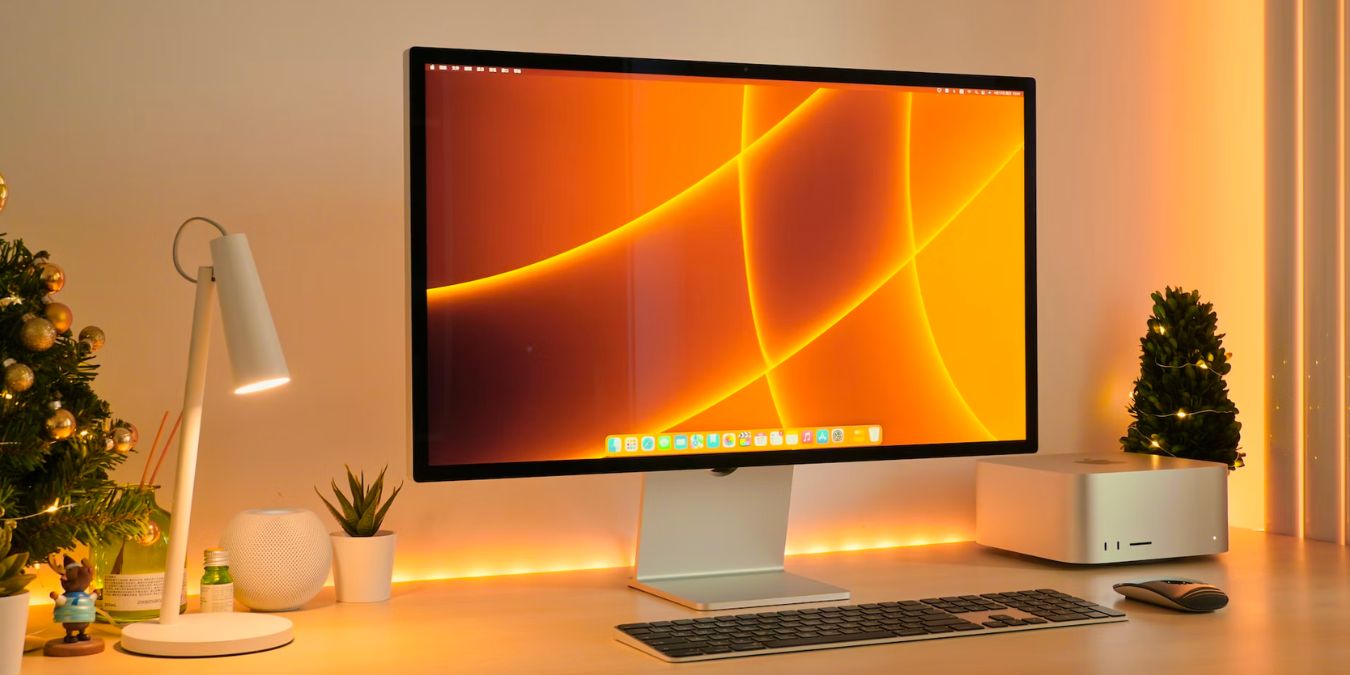
Apple’s recent announcements at WWDC 2023 have left creative professionals buzzing with excitement. Apple unveiled two enticing desktop machines for creative professionals: the powerful Mac Studio and the mighty Mac Pro, both featuring the most advanced Apple silicon chips yet. This guide compares these two powerhouse desktops in detail to help you make the right decision for your professional needs.
Design and Portability
The design and portability of the Mac Studio and Mac Pro are strikingly different. While the Mac Studio offers a more portable and space-saving design, the Mac Pro is a stationary tower. The Mac Studio comes in two variants: the M2 Max chip and M2 Ultra chip, weighing 5.9 and 7.9 pounds, respectively.
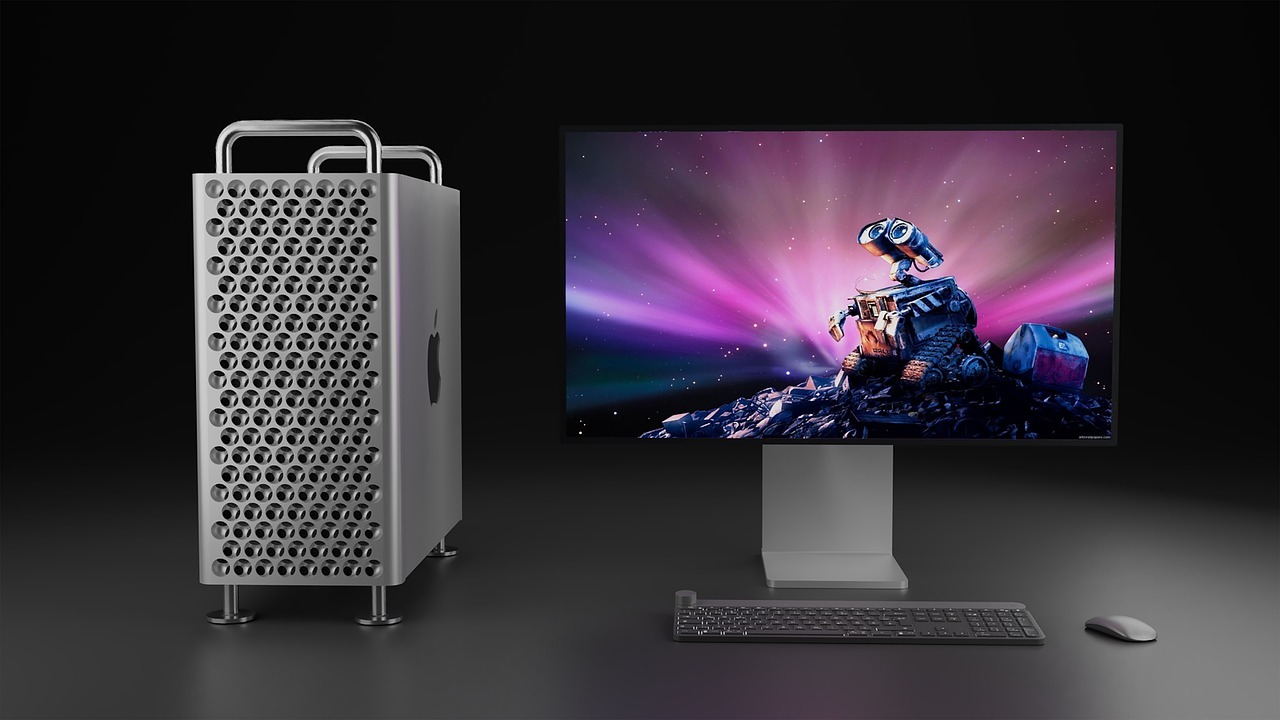
The Mac Studio with M2 Ultra has a power-hungry chip that runs hotter, requiring a dense copper heat sink in place of the aluminum heat sink found in the M2 Max model. With a compact height of only 3.7 inches, it presents a relatively portable option. However, its small form factor offers limited airflow, which can lead to heat-induced performance throttling during performance-intensive workloads – no matter which model you choose.
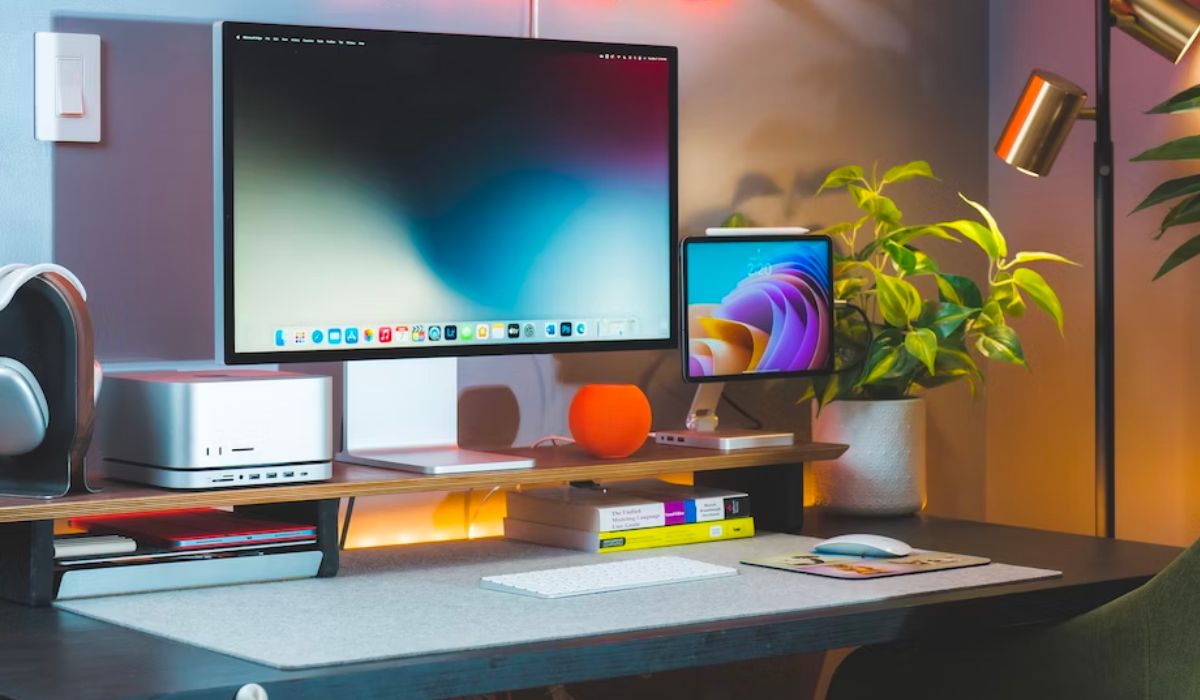
On the other hand, the Mac Pro is not designed for portability. Weighing a hefty 37.2 pounds and standing at a towering height of 20.8 inches, it’s intended to be stationary on your desk. If you do need to move the Mac Pro within your workspace, Apple offers optional wheels for an extra stomach-churning charge of $699. Note that both the Mac Studio and Mac Pro retain their previous design aesthetics from 2022 and 2019, respectively, with Apple focusing on upgrading internal specifications, while maintaining the same external appearance.
Tip: not a fan of stationary workspaces? We can help you decide between the latest MacBook Pro and MacBook Air.
Performance
When it comes to performance, both the Mac Studio and Mac Pro offer impressive capabilities – but with some notable differences. The new Mac Studio supports configurations with either the M2 Max or M2 Ultra chip, while the Mac Pro comes exclusively with the M2 Ultra chip. The M2 Ultra chip is essentially two M2 Max chips combined, making the entry-level Mac Studio slower than the base Mac Pro.

The Mac Studio, with the M2 Max chip, features a 12-core CPU and offers options for a 30-core or 38-core GPU. The M2 Ultra chip is consistent across both models, providing a 24-core CPU and options for a 60-core or 76-core GPU.
Apple promises that the M2 Max Mac Studio will render up to 50% faster than its M1 Max counterpart, with a 25 percent improvement in Xcode performance. It’s worth noting that the Mac Pro no longer supports afterburner cards, as the M2 Ultra’s hardware-accelerated H.264, HEVC, and ProRes video encode and decode engine now provides the performance equivalent of seven afterburner cards.
While traditional performance scaling is achieved by connecting two chips through a motherboard, a proprietary Apple silicon interposer called “UltraFusion” connects the chips without causing dramatic latency or inter-processor bandwidth limitations. Sound like technical jargon? Put simply, the M2 Ultra chip truly delivers double the power of the M2 Max chip with no bottlenecks.
Both Macs can be equipped with up to 192GB of unified memory and an 8TB SSD. However, the Mac Studio with the M2 Max chip supports up to 64GB of memory (or 96GB with the 38-core GPU configuration). The important element to note is that both Mac desktops ship with macOS Ventura, offering superb system memory management, thanks to features like “memory swap.” Unlike the Mac Studio, the Mac Pro also comes bundled with essential peripherals, like the Magic Keyboard with Touch ID and numeric trackpad, as well as a Magic Mouse.
Ports and Connectivity
While the Mac Studio and Mac Pro both support Wi-Fi 6E and Bluetooth 5.3 connectivity, there are notable differences between both Macs regarding I/O. All models of the Mac Studio include four Thunderbolt 4 ports, along with two USB-A ports, an HDMI 2.1 port, one 10Gb Ethernet port, and a 3.5mm headphone jack located on the rear.
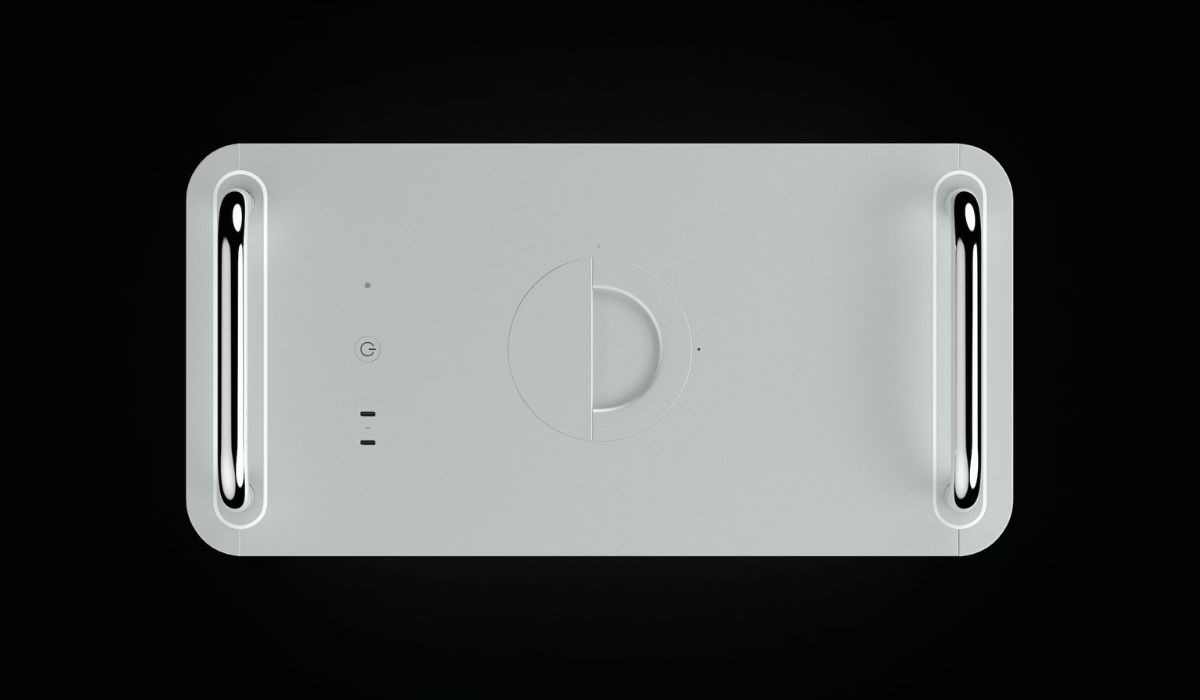
All Mac Studio configurations also feature two USB-C ports and an SDXC card slot on the front. The two USB-C ports located on the front of the M2 Max model offer data transfer speeds up to 10Gb/s, while the M2 Max Ultra model features two front-facing USB-C ports boasting data transfer speeds up to 40Gb/s.
Mac Pro addresses the lack of ports on its 2019 model by offering a more robust selection. It includes eight Thunderbolt 4/USB-C ports (four more than the Mac Studio), with six located on the back and two accessible from the top. These Thunderbolt ports support the same technologies as the Mac Studio and can connect up to six Pro Display XDRs simultaneously. While the Mac Pro offers the same high impedance 3.5mm headphone jack as the Mac Studio, the Mac Pro stands out with three USB-A ports, two HDMI 2.1 slots, and dual Ethernet ports.
While you get a more extensive range of ports with the Mac Pro, the Mac Studio’s selection is still quite versatile and fits the needs of most users. The choice between the two will depend on your connectivity requirements and the number and types of devices you need to connect.
Good to know: unsure about the different types of USB ports? Explore USB-C vs. USB 3 vs. Thunderbolt.
Price
The price difference between the Mac Studio and the Mac Pro is drastically different, with the latter being the significantly more expensive option. While the base models of both computers offer a noticeable price gap, the Mac Pro, being Apple’s flagship workstation, comes with a higher price tag. The Mac Pro’s versatility comes at a cost with support for PCIe expansion.
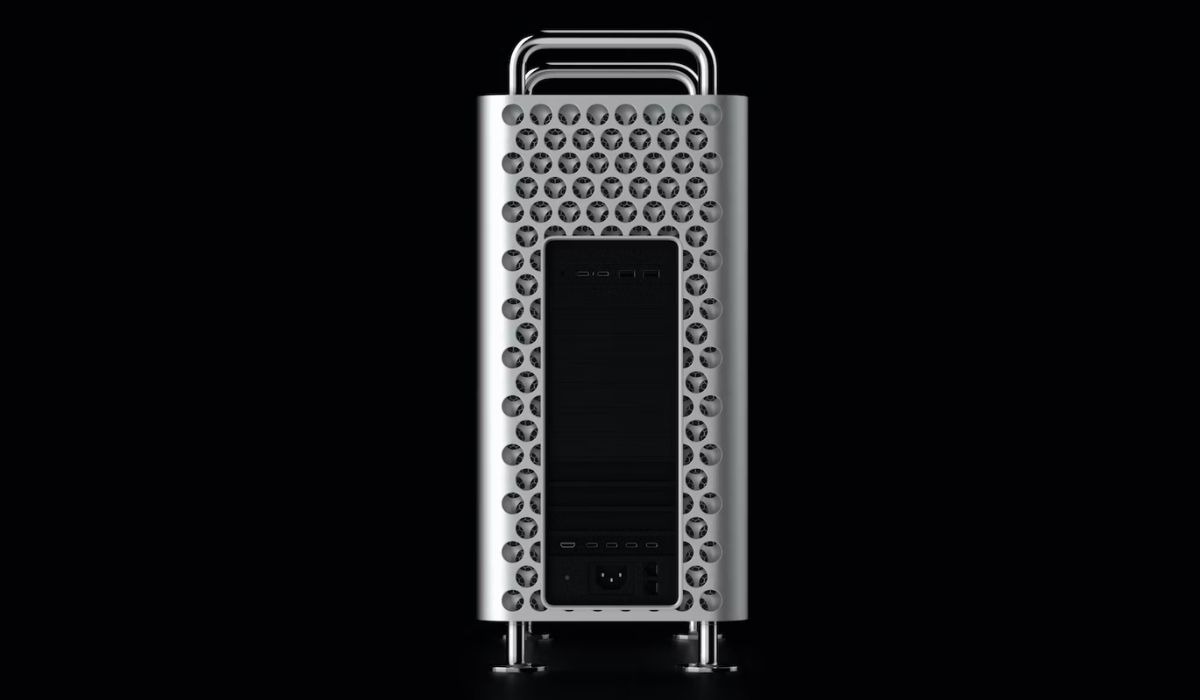
The entry-level Mac Studio, powered by the M2 Max chip, starts at $2,000, while the M2 Ultra version increases the price to $4,000. By contrast, the Mac Pro tower starts at $7,000, and the rack version starts at $7,500.
Both models offer various upgrade options, so you can customize your machine with features, such as a higher core count GPU (76 cores instead of 60 cores), increased storage capacity (up to 8TB SSD), and more unified memory (up to 192GB). However, these optional add-ons significantly increase the price, particularly when opting for top-of-the-line configurations.
At its most expensive, the Mac Studio can reach up to $9,300, while the Mac Pro can go as high as $12,950. It’s worth noting that both computers come with preinstalled software, such as Final Cut Pro, valued at $300, and Logic Pro, valued at $200. While the Mac Studio is more affordable, the Mac Pro has certain perks that justify its higher cost for professional users, with specific storage and networking requirements.
Memory and Storage
Storage plays a key role in the performance and functionality of any computer, including the Mac Studio and the Mac Pro. These machines offer a range of SSD storage options to accommodate various storage needs. Both options provide onboard storage of up to 8TB (1TB, 2TB, 4TB, and 8TB), so you have ample space for storing your data. The M2 Max version of the Mac Studio also lets you choose the 512GB SSD option for an even lower price.
In terms of memory, both Macs support up to 192GB RAM (including 64GB, 128GB, and 192GB variants). But the Mac Studio also offers 32GB and 96GB variants, though both of these are limited to its M2 Max version. (The 96GB variant also requires a 38-core GPU with M2 Max.) It’s worth noting that the memory capacity of both Macs is not user-upgradable.
Tip: wondering how much storage space will fit your needs? Explore how much Mac space you need.
Upgradability
When it comes to upgradability, the Mac Pro has an advantage over the Mac Studio. The Intel-based Mac Pro featured Apple’s Mac Pro Expansion (MPX) modules, which allowed easy upgrades with slot-in modules. However, the Apple silicon Mac Pro seems to have moved away from MPX modules, as it now utilizes its own GPU through a more streamlined system-on-a-chip (SoC) design.
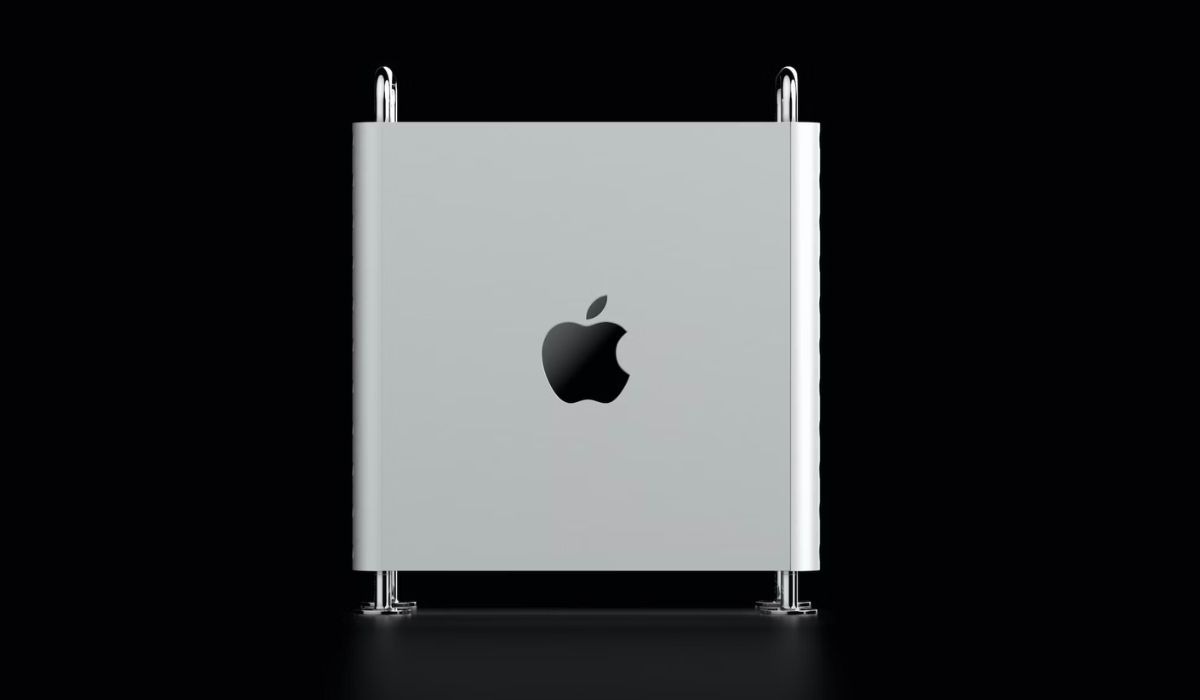
The Mac Pro offers six full-length PCIe Gen 4 slots, including two x16 slots and four x8 slots. Also, there is a single half-length x4 PCIe Gen 3 slot occupied by Apple’s I/O card. While the removal of MPX modules may disappoint some users, the Mac Pro still provides enticing options for expansion and customization through its PCIe slots.
On the other hand, the Mac Studio lacks modular elements, and thus, lacks true upgradability. Its portable design prioritizes portability over expandability, leading to the absence of PCIe slots for expansion. It’s important to note that neither the Mac Pro nor the Mac Studio allows for upgrading the unified memory down the line. Once you’ve chosen your configuration, you are locked into it for the lifespan of your Mac.
Good to know: looking for a more portable and cost-effective Mac? We can help you decide between the 13-inch and 15-inch MacBook Air.
How to Choose: Mac Studio or Mac Pro
Deciding between the Mac Studio and the Mac Pro is not easy, as you have to consider several factors, like your creative needs, budget, and desired level of upgradability. If portability and affordability are key considerations, the Mac Studio is a compelling option. Its compact design and lighter weight make it a suitable choice for those on the go. The Mac Studio’s price point is significantly lower than that of the Mac Pro, offering a more accessible entry into the world of professional-grade computing.
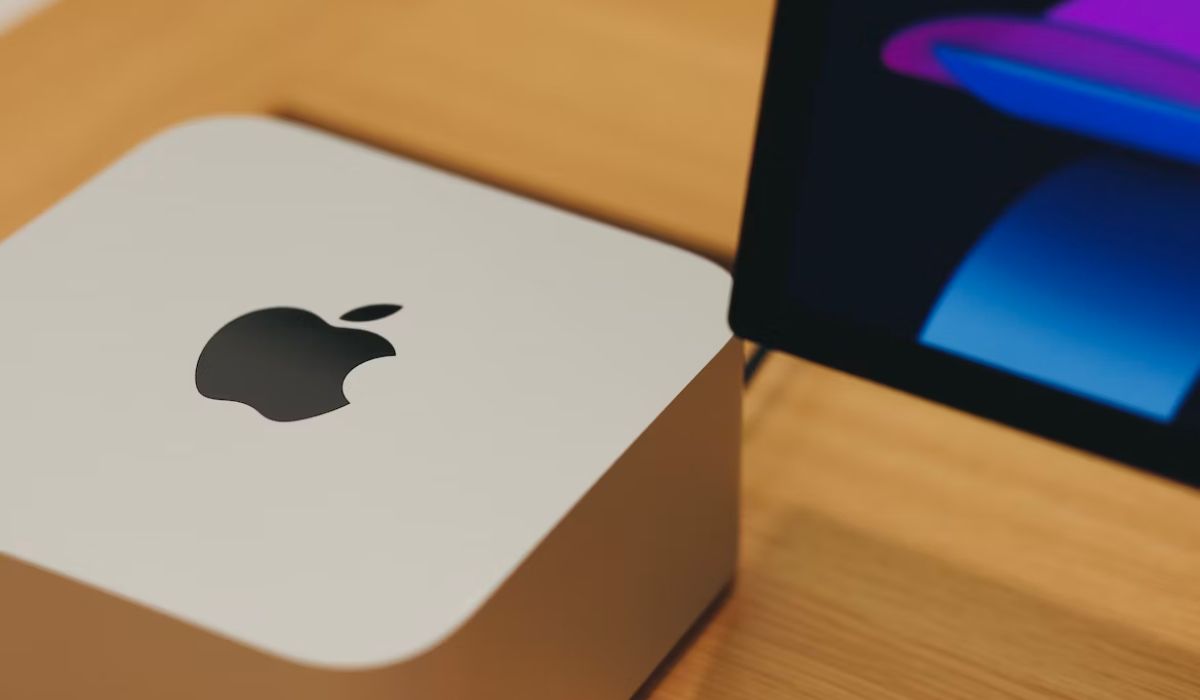
However, if raw power and expandability are paramount, the Mac Pro is the clear winner. With its Intel-based architecture and impressive specifications, it is built to handle intensive tasks and demanding workflows. The Mac Pro’s ample PCIe slots allow for future expansion and customization, ensuring your workstation can grow with your needs.
Be sure to consider your creative requirements when assessing performance. Both machines offer powerful CPUs and GPUs, but the Mac Pro’s advanced thermal architecture is notably less susceptible to thermal throttling under intense and prolonged workloads.
Last but not least, your budget will play a significant role in your decision. While the Mac Studio offers a more affordable starting price, keep in mind that the Mac Pro’s higher price reflects its long-term expandability, making it the more sustainable choice. Consider your long-term investment and whether the additional features of the Mac Pro justify its higher cost for your specific workflow.
Image credit: Unsplash
Our latest tutorials delivered straight to your inbox